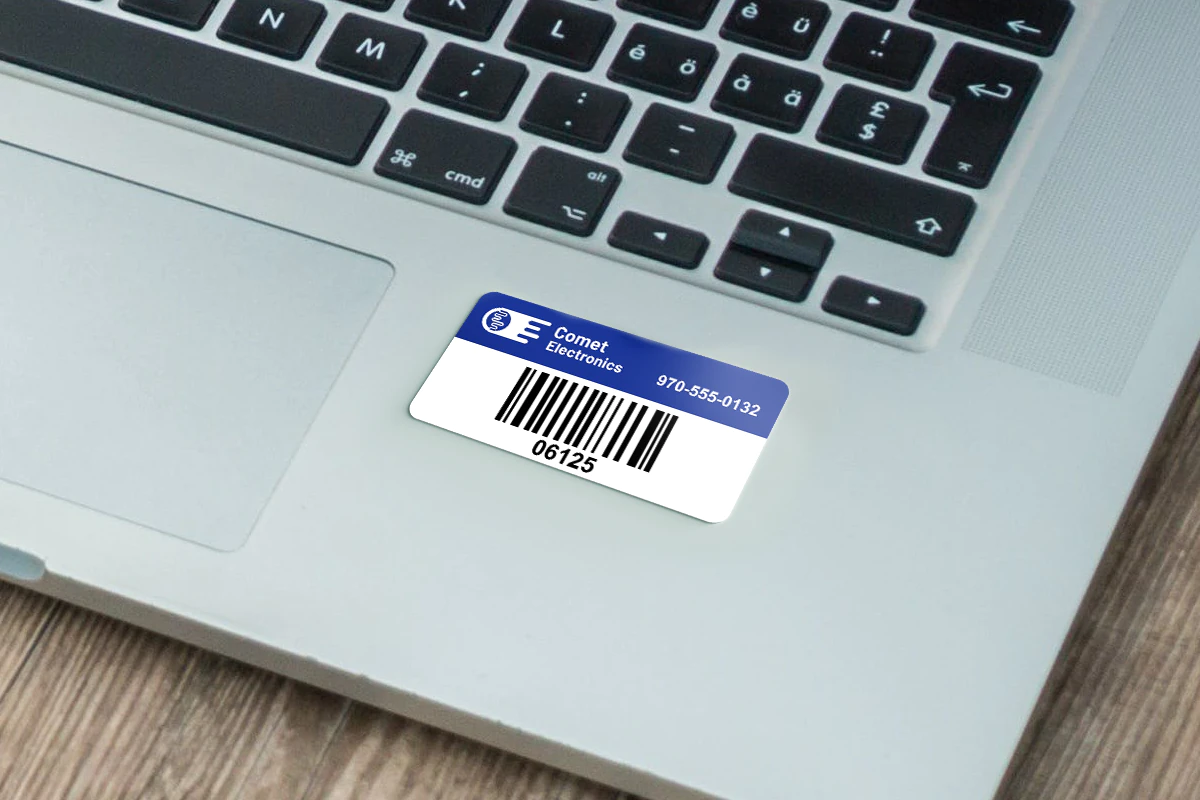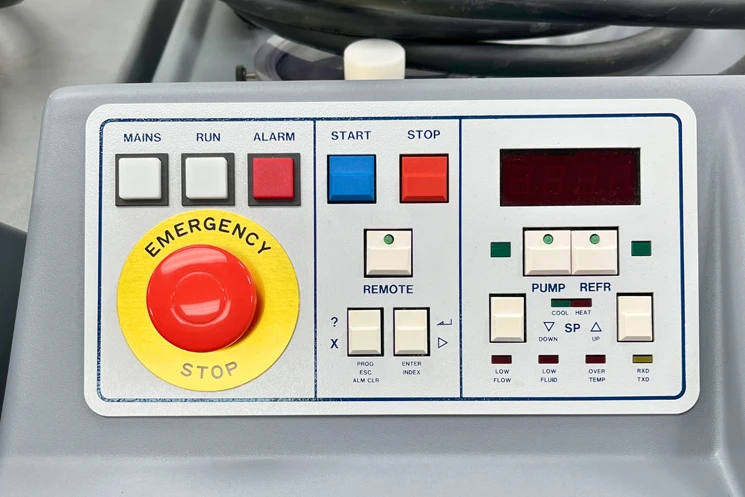A tag number in inventory control is a unique ID for each item in stock. It helps track the item’s location, quantity, and movement in the supply chain.
When used with asset tags, serial numbers reduce the need for manual data entry. They also make operations smoother and improve the accuracy of inventory management systems. Here’s why tag numbers are essential for effective inventory control.
Key Benefits of Tag Numbers in Inventory Control
Easy Identification
Tag numbers uniquely identify each inventory item, making it easy to distinguish products and track them individually.
Accurate Tracking
Using a barcode scanner or RFID reader lets you see item movements in real time. This includes everything from receiving to shipping.
Improved Inventory Accuracy
By linking tag numbers to stock levels, businesses can maintain accurate records, reduce discrepancies, and fulfill orders efficiently.
Streamlined Processes
Tag numbers integrated into an inventory tagging system simplify counting and tracking, saving time and effort.
Detailed Reporting
Tag numbers help businesses create reports on inventory data. This includes stock levels, turnover rates, and shortages. These reports support better decision-making.
The Role of Tag Numbers in Inventory Management
Tag numbers are more than just identifiers; they are a critical component of modern inventory management systems. By connecting inventory items to key product information, they ensure easily accessible data for workers. For instance, scanning barcodes or QR codes associated with a tag number can provide:
- Product descriptions
- Current stock levels
- Item locations in the warehouse
- Maintenance or usage history for assets
This functionality is essential for optimizing warehouse management and enhancing overall asset management.
Types of Inventory Tags for Better Tracking
Choosing the right type of inventory tag is key to maximizing efficiency in tagging systems. Options include:
Barcode Labels
Ideal for real-time tracking with barcode scanners, these are perfect for warehouses requiring fast and accurate scanning.
QR Code Labels
QR codes store more detailed data than traditional barcodes, offering advanced tracking capabilities for businesses that require extensive inventory data.
RFID Tags
These tags use radio frequencies to track items. They do not need a direct line of sight. This is great for larger operations that require advanced automation.
Each tag type can seamlessly integrate with management software.
How Asset Tags Simplify Inventory Control
Asset tags provide durable and reliable solutions for tagging inventory items and equipment. These tags withstand challenging environments and deliver superior tracking. Key benefits include:
- Improved Accuracy: Reduce manual errors in inventory tracking.
- Real-Time Updates: Sync inventory data as items move through the supply chain.
- Quick Access: Scan barcodes or QR codes to instantly retrieve item information.
Benefits of Tagging Systems in Real-Time Operations
An efficient inventory tagging system goes beyond tracking—it transforms warehouse operations. Here’s how:
- Faster Stock Audits: Quickly verify and update stock levels with a single scan.
- Efficiency: Reduce the time searching for inventory items with precise, easily accessible data.
- Real-Time Accuracy: Link tag numbers to management software for live updates on stock movements.
- Smarter Reporting: Gain insights into inventory status and trends, helping you make informed decisions.
Use of a Tag Number in Inventory Control FAQs
Inventory labels are physical tags affixed to inventory items. They typically include barcodes, QR codes, or RFID chips, paired with a tag number to uniquely identify each item. By scanning these labels, businesses can track inventory, update stock levels, and access product details in real time.
Tag numbers link each item to detailed inventory data within an inventory management system. When you scan a tag’s barcode or QR code, the system gets information. This includes the item’s location, stock levels, and movement history. This helps businesses track inventory accurately and efficiently.
The best type of inventory label depends on your business needs:
– Barcode Labels: Ideal for standard inventory tracking with barcode scanners.
– QR Code Labels: Great for storing more detailed information and ensuring data is easily accessible.
– RFID Tags: Perfect for large warehouses or businesses requiring advanced automation without manual scanning.
You can pair each of these labels with management software to optimize your inventory tagging system.
Asset tags help track and manage fixed assets like equipment, tools, and machinery. Inventory labels are for tracking consumable or resalable stock items. Both are essential for effective asset management and inventory control.
Yes! Tag numbers integrated with real-time management software allow businesses to monitor inventory movement instantly. By scanning the tags, workers can update stock levels, track items across multiple locations, and generate live reports.
QR code labels can store more information than traditional barcode labels. They are commonly used for:
– Linking to detailed product information such as descriptions, usage instructions, or maintenance history.
– Enabling quick scans using smartphones or advanced scanners for real-time inventory tracking.
– Allowing businesses to track inventory across multiple locations with a single scan.
QR codes are incredibly helpful for businesses that need quick access to data. They are a strong addition to any inventory tagging system.
Tag numbers and inventory labels simplify warehouse management by providing a clear and organized system for tracking inventory. Here’s how they help:
– Location Tracking: Labels ensure every item is properly tagged and easy to locate within the warehouse.
– Efficient Stock Counts: Workers can use barcode scanners to scan the labels, instantly updating stock levels without manual input.
– Minimized Errors: Tag numbers reduce the risk of miscounting or misplacing inventory items.
– Faster Operations: With data linked to tag numbers, workers can fulfill orders or update inventory records in real time.



